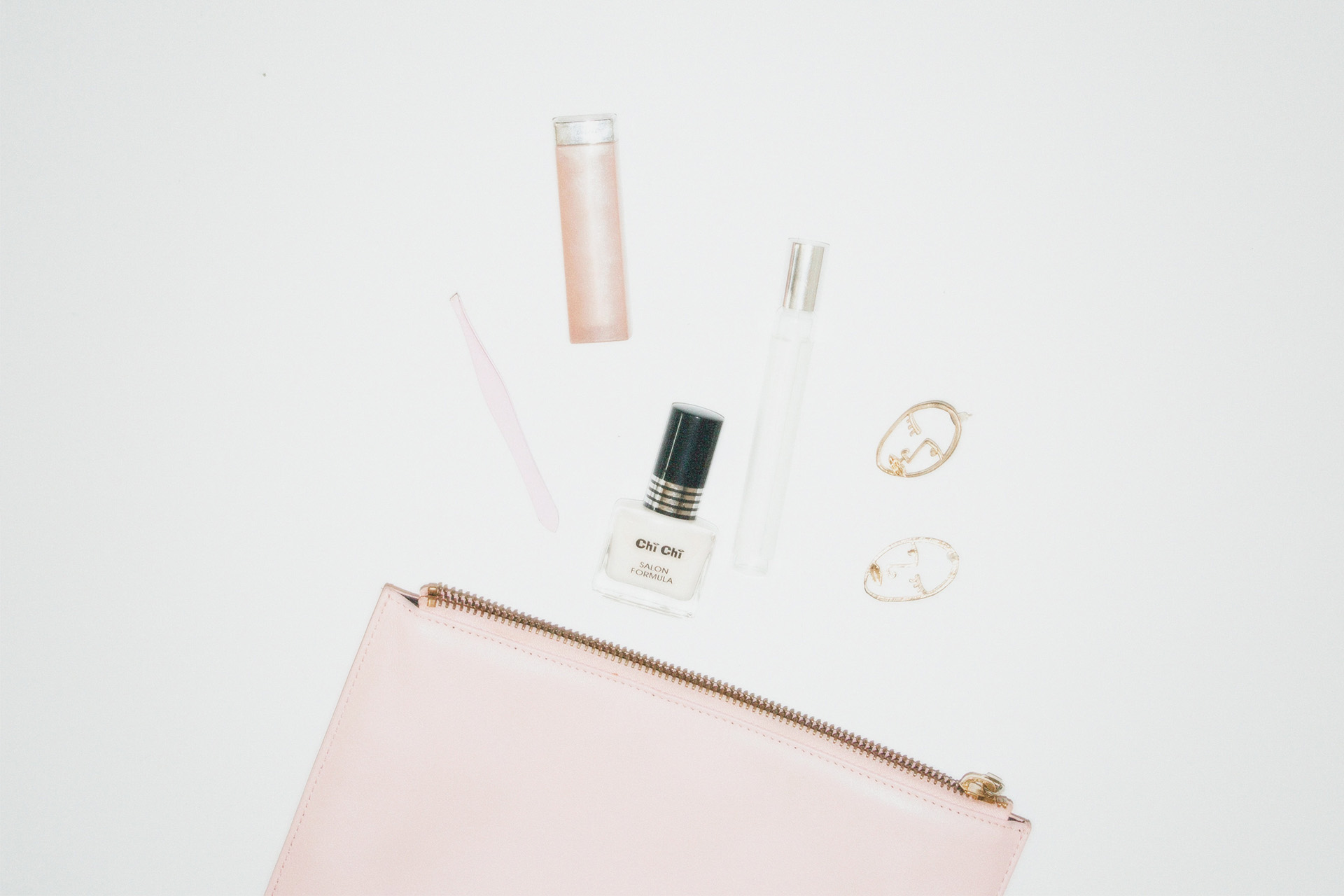In recent years, the use of dermal fillers has become increasingly popular in medical dermatology, offering a minimally invasive solution to address various cosmetic and medical concerns. Dermal fillers are used to restore lost volume, smooth wrinkles, and enhance facial contours, providing a rejuvenated and youthful appearance. This comprehensive article explores the use of fillers in medical dermatology, detailing their types, benefits, potential risks, and what to expect during the procedure. By understanding the role of fillers, patients can make informed decisions and achieve optimal results.
Understanding Dermal Fillers
What Are Dermal Fillers?
Dermal fillers are injectable substances used to fill in wrinkles, add volume to soft tissues, and enhance facial features. They are composed of various materials, each offering unique benefits and properties. Fillers work by plumping up the skin, providing a smoother and more youthful appearance.
Types of Dermal Fillers
Several types of dermal fillers are available, each designed to address specific concerns and areas of the face.
- Hyaluronic Acid Fillers: Hyaluronic acid (HA) is a naturally occurring substance in the skin that maintains hydration and volume. HA fillers, such as Juvederm and Restylane, are commonly used for their natural-looking results and ability to be dissolved if necessary.
- Calcium Hydroxylapatite Fillers: Fillers like Radiesse are composed of calcium hydroxylapatite, a mineral found in bones. These fillers provide structure and stimulate collagen production, making them suitable for deeper lines and wrinkles.
- Poly-L-Lactic Acid Fillers: Sculptra is an example of a poly-L-lactic acid filler, which stimulates collagen production over time. These fillers are used for gradual and long-lasting volumization.
- Polymethylmethacrylate (PMMA) Fillers: PMMA fillers, such as Bellafill, contain tiny beads suspended in a collagen gel. They provide long-lasting results and are used for deeper wrinkles and folds.
Benefits of Dermal Fillers
Dermal fillers offer numerous benefits, making them a popular choice for both cosmetic and medical dermatology.
Cosmetic Benefits
- Wrinkle Reduction: Fillers smooth out fine lines and wrinkles, particularly around the mouth, nose, and eyes.
- Volume Restoration: Age-related volume loss can lead to hollow cheeks and temples. Fillers restore volume, creating a fuller and more youthful appearance.
- Lip Enhancement: Fillers can add volume, shape, and definition to the lips, enhancing their natural beauty.
- Facial Contouring: Fillers can sculpt and define facial features, such as the chin, jawline, and cheekbones, enhancing overall facial harmony.
- Non-Surgical Nose Job: Fillers can be used to reshape and contour the nose without the need for surgery, addressing issues like bumps and asymmetry.
Medical Benefits
- Scar Treatment: Fillers can improve the appearance of scars, including acne scars and surgical scars, by filling in depressed areas and smoothing the skin.
- Hand Rejuvenation: Fillers can be used to add volume and smooth wrinkles on the hands, addressing signs of aging and sun damage.
- Earlobe Rejuvenation: Fillers can restore volume and shape to stretched or sagging earlobes, enhancing their appearance.
- Under-Eye Hollows: Fillers can be used to treat under-eye hollows and dark circles, providing a refreshed and rejuvenated look.
The Filler Procedure: What to Expect
Consultation and Assessment
The first step in the filler procedure is a consultation with a qualified dermatologist or aesthetician. During this consultation, the provider will assess your facial anatomy, discuss your concerns and goals, and determine the most appropriate type of filler and treatment plan.
The Injection Process
The filler injection process is relatively quick and typically takes about 30 minutes to an hour, depending on the treatment area.
- Preparation: The treatment area is cleansed, and a topical numbing cream may be applied to minimize discomfort.
- Injection: The filler is injected into the targeted areas using a fine needle or cannula. The provider may massage the area to ensure even distribution and natural-looking results.
- Post-Injection Care: After the injections, the provider will give you instructions on how to care for the treated area and what to expect during the recovery process.
Recovery and Results
Recovery time after filler injections is minimal, and most patients can resume normal activities immediately. However, there may be some temporary side effects, such as:
- Swelling and Bruising: Mild swelling and bruising are common and typically subside within a few days.
- Redness and Tenderness: The treated area may be red and tender for a short period.
- Immediate Results: The results of hyaluronic acid fillers are usually visible immediately, while other fillers may take a few weeks to show their full effect.
Follow-Up and Maintenance
Depending on the type of filler used, results can last from several months to a few years. Regular follow-up appointments are essential to monitor the results and determine when touch-up treatments are needed to maintain the desired look.
Potential Risks and Side Effects
While dermal fillers are generally safe, they can have potential risks and side effects. It is crucial to choose a qualified and experienced provider to minimize these risks.
Common Side Effects
- Swelling and Bruising: Mild swelling and bruising are common and usually resolve within a few days.
- Redness and Tenderness: The treated area may be red and tender for a short period.
- Lumps and Bumps: Temporary lumps or bumps may occur but can often be massaged out by the provider.
Rare but Serious Risks
- Infection: Though rare, infections can occur at the injection site.
- Allergic Reactions: Allergic reactions to the filler material are uncommon but possible.
- Vascular Occlusion: If a filler is inadvertently injected into a blood vessel, it can cause vascular occlusion, leading to tissue damage. Immediate treatment with hyaluronidase (for hyaluronic acid fillers) is necessary to dissolve the filler and restore blood flow.
Choosing the Right Provider
Selecting a qualified and experienced provider is crucial for achieving safe and satisfactory results with dermal fillers. Consider the following when choosing a provider:
- Credentials: Ensure the provider is a board-certified dermatologist or a licensed aesthetician with specialized training in injectable treatments.
- Experience: Look for a provider with extensive experience in performing filler injections and a portfolio of before-and-after photos.
- Consultation: A thorough consultation should be conducted to assess your needs and discuss your goals.
- Reviews and Recommendations: Seek recommendations from friends, family, or online reviews to find a reputable provider.
Advances in Filler Technology
The field of dermal fillers is continually evolving, with new advancements and technologies enhancing their safety, efficacy, and longevity.
New Filler Materials
Researchers are developing new filler materials that offer longer-lasting results and improved safety profiles. These advancements include:
- Biostimulatory Fillers: Fillers that stimulate the body’s natural collagen production for more sustainable and natural-looking results.
- Next-Generation Hyaluronic Acid Fillers: Enhanced formulations of hyaluronic acid fillers that provide longer-lasting hydration and volumization.
Combination Therapies
Combining fillers with other cosmetic treatments can enhance results and address multiple concerns simultaneously.
- Fillers and Neurotoxins: Combining fillers with neurotoxins like Botox can smooth dynamic wrinkles and restore volume for a comprehensive rejuvenation.
- Fillers and Laser Treatments: Laser treatments can improve skin texture and tone, while fillers add volume and contour, resulting in a more youthful appearance.
Personalized Treatment Plans
Advancements in imaging technology and facial analysis allow for more personalized treatment plans tailored to each individual’s unique facial anatomy and aesthetic goals.
- 3D Imaging: 3D imaging technology helps providers visualize the treatment area and plan precise injections for optimal results.
- Facial Mapping: Facial mapping techniques analyze facial structure and proportions, guiding the placement of fillers for natural-looking enhancements.
Conclusion
The use of fillers in medical dermatology offers a versatile and effective solution for addressing various cosmetic and medical concerns. From smoothing wrinkles and restoring volume to enhancing facial contours and treating scars, dermal fillers provide numerous benefits with minimal downtime. By understanding the different types of fillers, their applications, and the importance of choosing a qualified provider, patients can achieve safe and satisfying results. As advancements in filler technology continue to emerge, the possibilities for non-surgical facial rejuvenation and enhancement are expanding, providing patients with more options for achieving their desired aesthetic goals. Embrace the transformative potential of dermal fillers and enjoy the benefits of a rejuvenated and youthful appearance.



